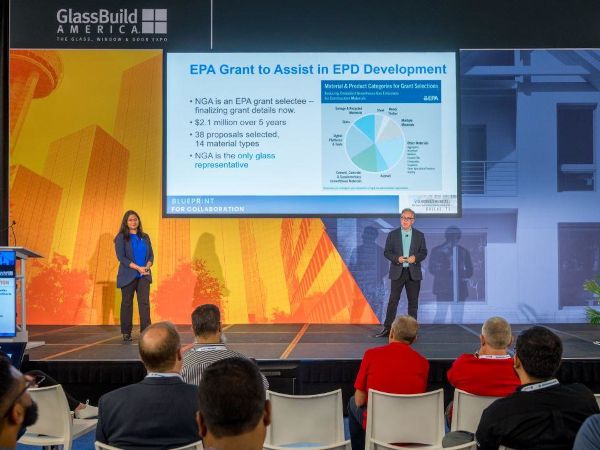
Date: 1 October 2024
During Monday's Main Stage session—Glass & Glazing Codes and Standards for Architects—with NGA's Urmilla Jokhu-Sowell and Tom Culp, the technical duo shared that while there were no changes regarding windows in the 2024 International Energy Conservation Code and ASHRAE 90.1, that the energy codes are starting to look at renewable energy for new construction, such as solar, wind, photovoltaic or BIPV.
Additionally, climate zones are shifting and that is being reflected in the building codes as well. "Basically, 10% of the counties in the country moved to a warmer zone, which is interesting, but that also means that now you have different U factors and solar heat gain requirements," says Culp.
"One thing that we've been watching is the shift to focus on carbon as much as energy now," says Culp. Another big trend according to Culp are federal Buy Clean programs being pushed out to states that look at glass as part of the big four in construction materials (concrete, asphalt, steel and glass). "What does it mean to have clean glass in terms of low embodied carbon glass?" Culp asks.
The discussion shifted to environmental product declarations, or EPDs, and how NGA was selected for a $2.1 million grant from the EPA through the Inflation Reduction Act to help aid the glass industry and its members. "The first one is to help improve some of the life cycle assessment data," says Sowell. Helping manufacturers with "data collection is the second, and the third is about helping fabricators" with an EPD generator tool.
 600450
600450


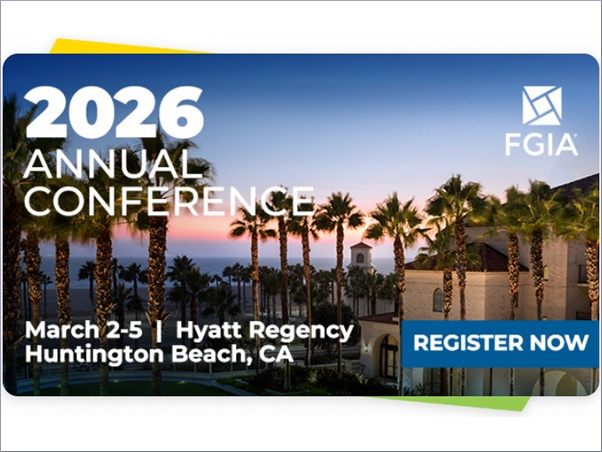
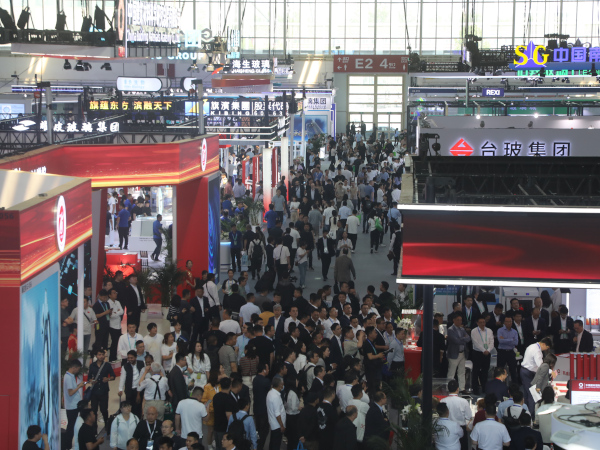
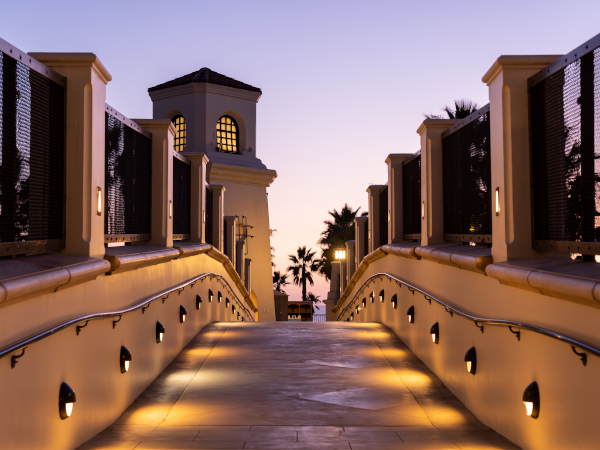
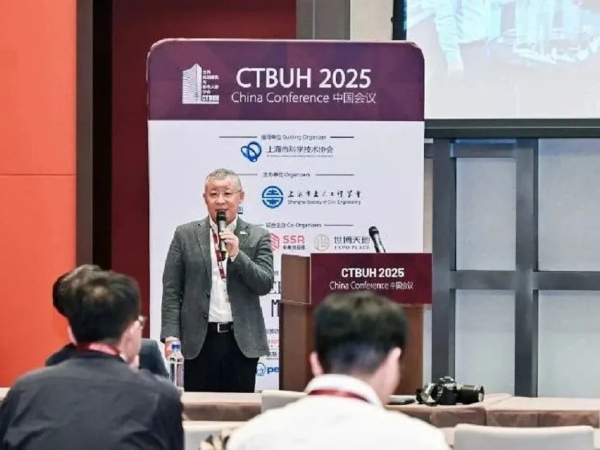
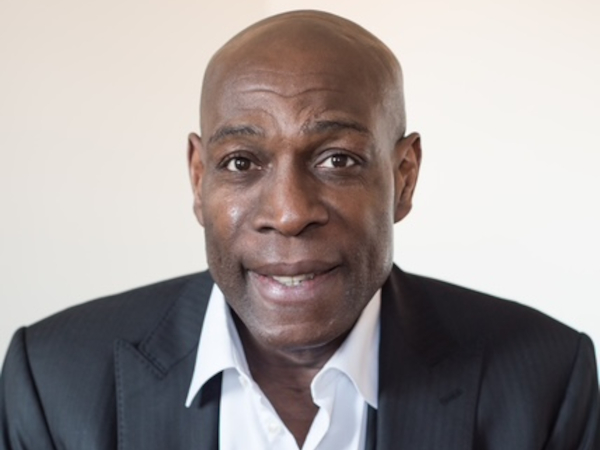
Add new comment